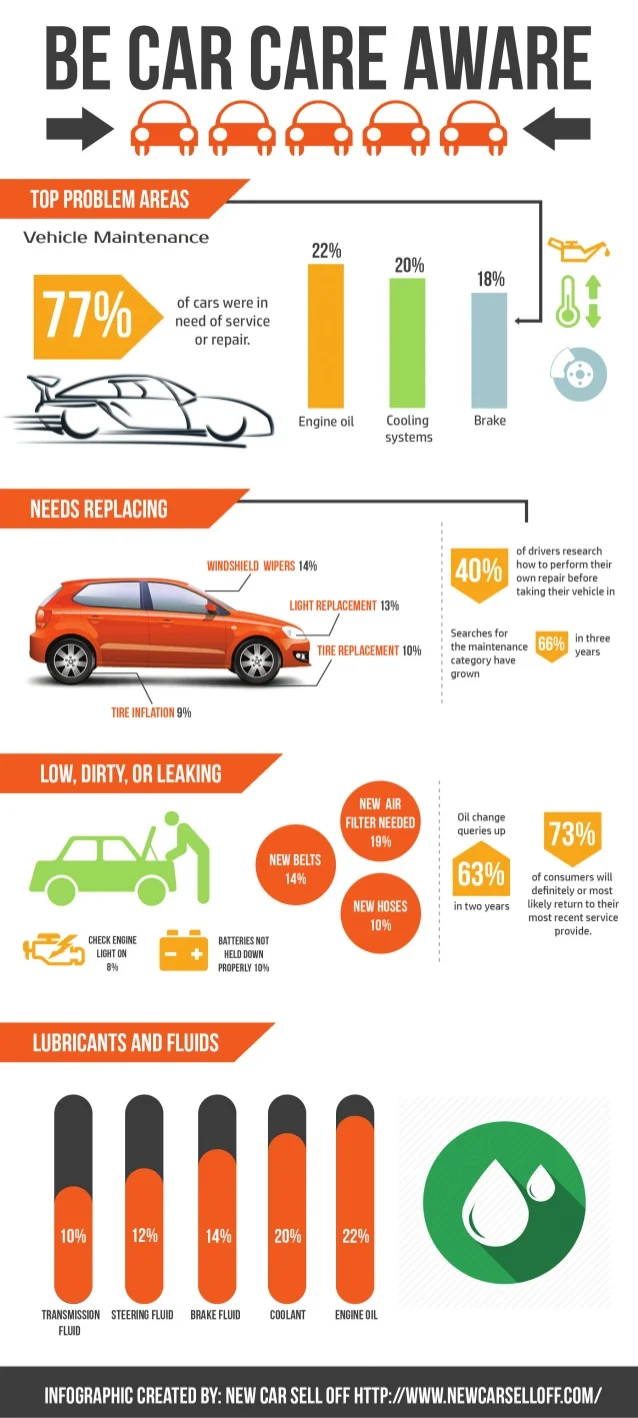Understanding Your Cars And Truck'S Caution Lighting: What Do They Truly Mean?
Understanding Your Cars And Truck'S Caution Lighting: What Do They Truly Mean?
Blog Article
Material Author-Sykes Alvarado
When you lag the wheel, those beautiful warning lights on your dashboard can be a little bit complicated. Do you know what they're attempting to inform you regarding your auto's wellness? Comprehending the relevance of these lights is important for your security and the durability of your automobile. So, the next time one of those lights appears, wouldn't you wish to analyze its message precisely and take the necessary actions to address it?
Common Warning Lights and Interpretations
Identify usual warning lights in your cars and truck and recognize their definitions to ensure risk-free driving.
One of the most normal caution lights include the check engine light, which signifies issues with the engine or emissions system. If this light begins, it's essential to have your vehicle checked quickly.
The oil pressure cautioning light shows low oil pressure, needing instant attention to prevent engine damages.
A flashing battery light could suggest a damaged charging system, possibly leaving you stranded otherwise attended to.
The tire stress monitoring system (TPMS) light signals you to reduced tire stress, impacting automobile stability and gas efficiency. Disregarding this can bring about unsafe driving conditions.
The abdominal light suggests an issue with the anti-lock braking system, compromising your ability to quit quickly in emergencies.
Last but not least, the coolant temperature level warning light warns of engine overheating, which can cause severe damage if not fixed promptly.
Understanding vehicle wash near me will certainly aid you resolve problems promptly and keep secure driving conditions.
Value of Prompt Attention
Recognizing the typical warning lights in your cars and truck is just the first step; the importance of quickly addressing these warnings can not be stressed sufficient to ensure your safety and security when driving.
When a caution light brightens on your dashboard, it's your auto's means of interacting a possible issue that requires focus. Disregarding these warnings can bring about a lot more extreme problems down the road, compromising your security and possibly costing you much more out of commission.
Prompt focus to advising lights can stop breakdowns and accidents. For example, a blinking check engine light can indicate a misfire that, if left neglected, could cause damage to the catalytic converter. Resolving this immediately can save you from an expensive repair.
Likewise, a brake system cautioning light might signify low brake liquid or worn brake pads, essential elements for your safety and security when driving.
Do It Yourself Troubleshooting Tips
If you see a warning light on your control panel, there are a few do it yourself repairing suggestions you can try prior to seeking expert help.
The first step is to consult your auto's manual to understand what the particular caution light indicates. Often the issue can be as simple as a loosened gas cap activating the check engine light. Tightening up the gas cap may solve the issue.
Another usual concern is a reduced battery, which can activate different alerting lights. Inspecting the battery links for corrosion and guaranteeing they're safe may repair the issue.
If a caution light persists, you can attempt resetting it by detaching the auto's battery for a couple of minutes and then reconnecting it. Furthermore, inspecting your lorry's liquid degrees, such as oil, coolant, and brake fluid, can aid repair advising lights associated with these systems.
Conclusion
Finally, understanding your auto's warning lights is essential for maintaining your car running smoothly and securely. By immediately dealing with cardetailingbotany and recognizing what they indicate, you can avoid expensive repair services and prospective break downs.
Bear in mind to consult your vehicle's guidebook for specific information on each warning light and do something about it as necessary to make certain a hassle-free driving experience.
Stay educated, stay risk-free when driving!
